Clayton and Ina Rust arrived in Lower Topanga Canyon in the 1920s, and helped transform what was still a corner of the wild west into a neighborhood of interconnected families and family…
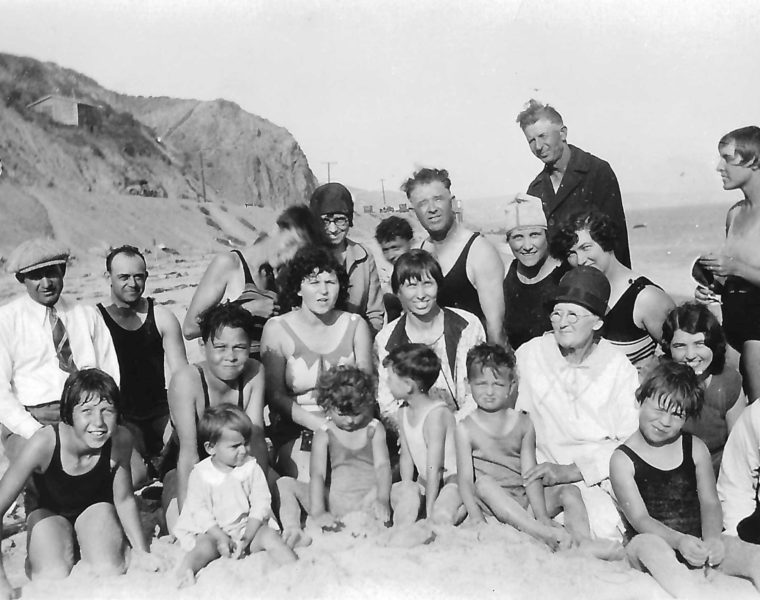

Clayton and Ina Rust arrived in Lower Topanga Canyon in the 1920s, and helped transform what was still a corner of the wild west into a neighborhood of interconnected families and family…
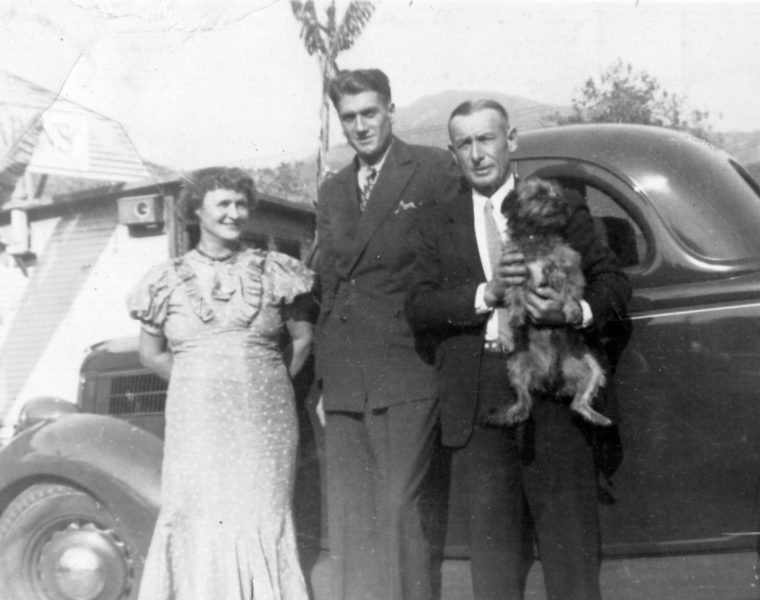
In 1907, the newly widowed Keturah Catherine Spence (1857-1940) left Brantford, Canada to start over in Los Angeles. Catherine, as she called herself, risked her fortune on an avocado orchard, becoming one…
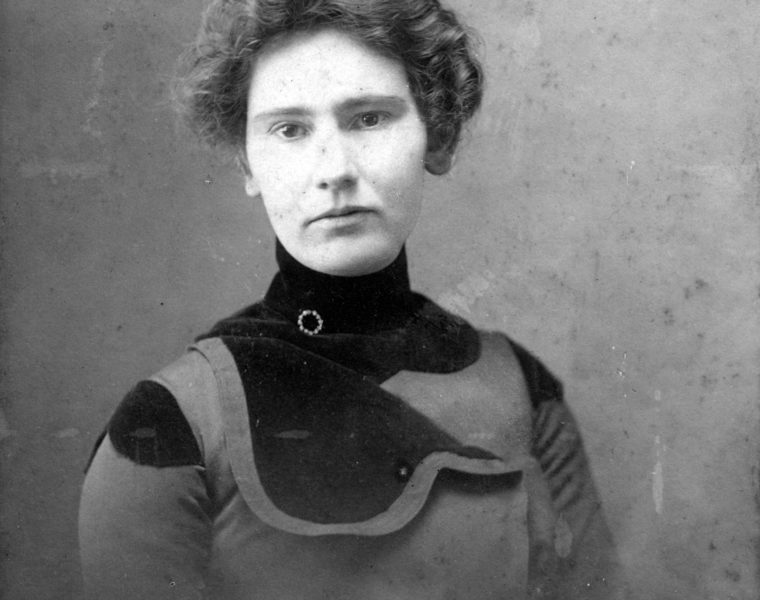
Landscape painter Laura Way Mathiesen brought an indomitable spirit, a formidable mind and boundless curiosity to Topanga in the 1920s. A woman with red hair and “dancing brown eyes,” Laura Way Mathiesen…

Praise for Pablo Referring to my article, 1930s Bring Changes to Topanga (Nov. 29, 2019), Pacific Palisades historian Randy Young wrote: “I just read your article and I loved it. Really, you…
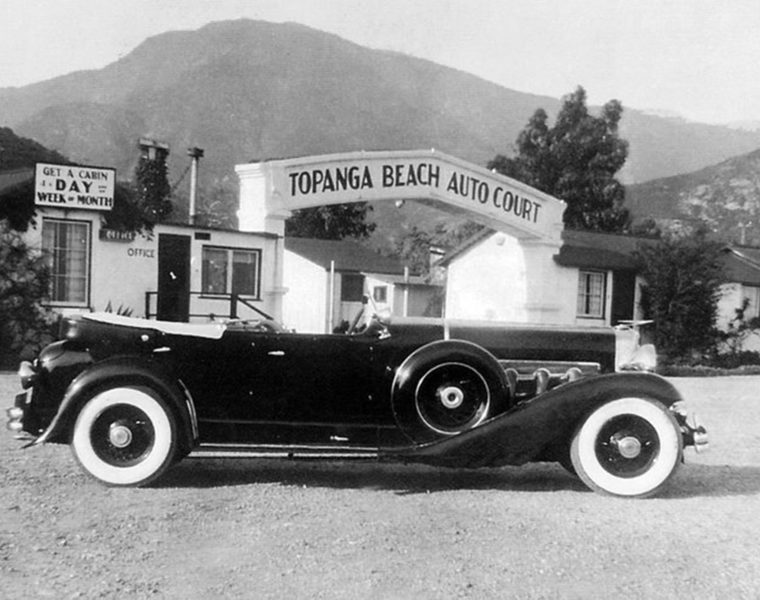
Around the same time that the Los Angeles Athletic Club (LAAC) bought Lower Topanga in 1924, its President, William May Garland (1866-1948), also managed to get Los Angeles selected as the host…
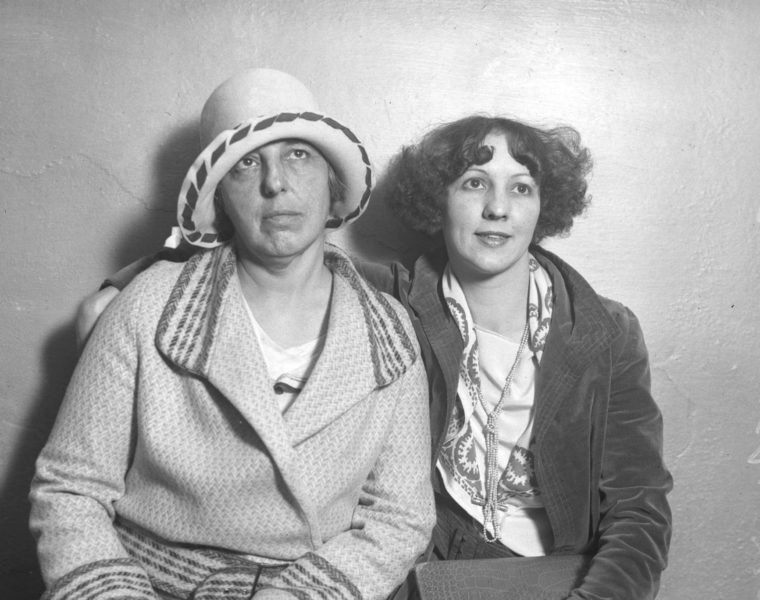
An unusual Topanga Beach sight in August 1924 would have been Sam Rizzio, 18, walking back and forth, repeating, “I am a dead man,” while a woman sprinkled a vial to wet…

The development of Topanga Beach happened quickly after a public campsite was created there in 1919 by two brothers, manager Miller Cooper and Deputy Sheriff Archie Cooper. Dancing was popular at Cooper’s…
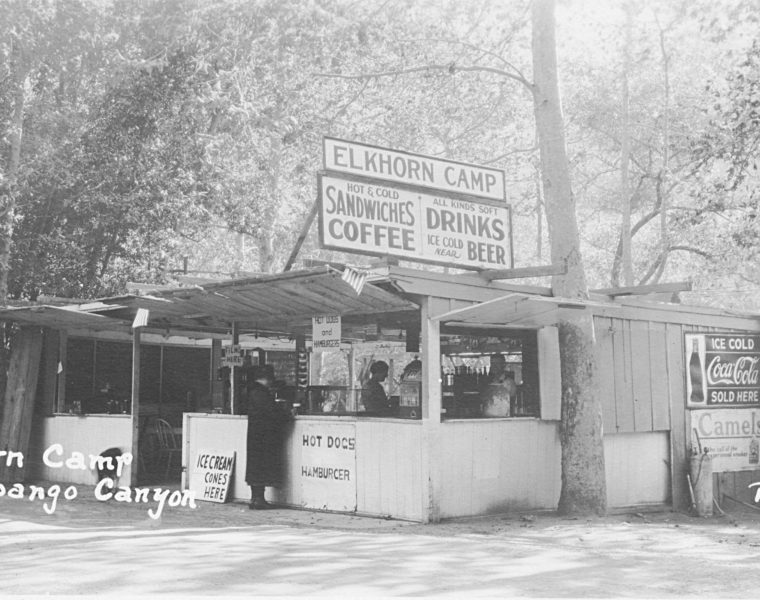
Topanga Beach was also the setting for early movies, most notably a 15-minute, single-reel film, Crossing the American Prairies in the Early Fifties, that was directed through a megaphone by D. W.…
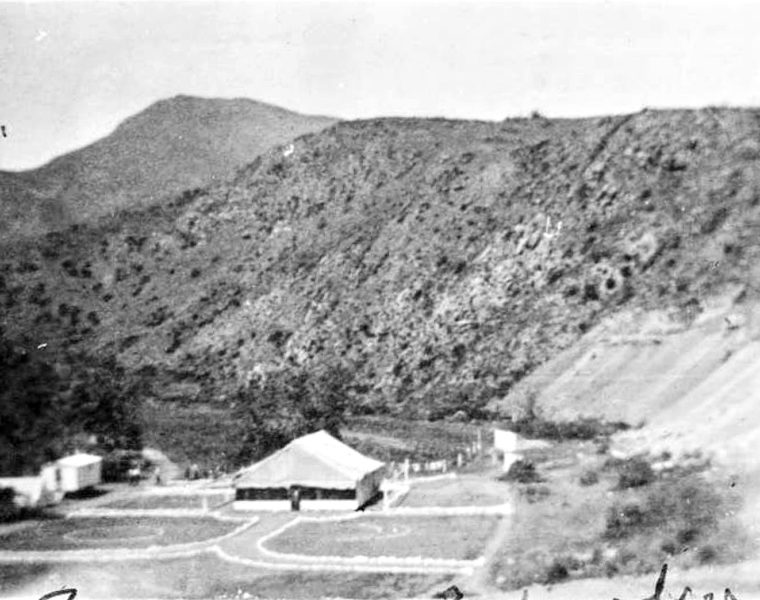
The LA County Prison chain gang had been in Topanga on and off as early as 1898, when they worked on the first Canyon road. A stockade built near the beach in…